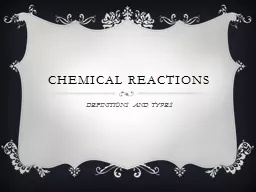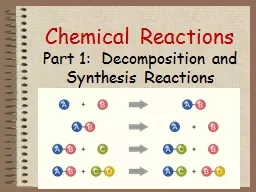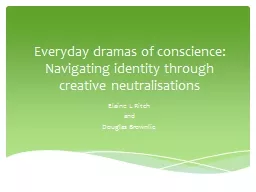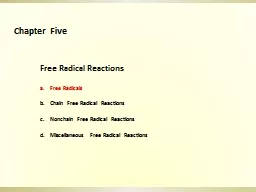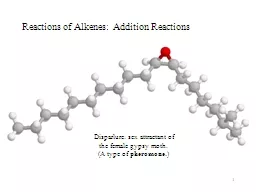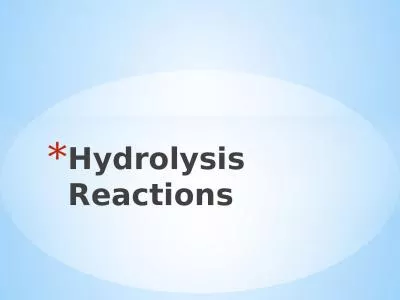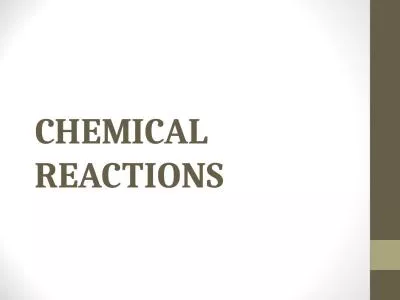PPT-Neutralisation reactions
Author : myesha-ticknor | Published Date : 2016-05-26
Neutralisation reactions Acids and bases are opposite One makes pH lower and the other makes pH higher When acids and bases react they make pure water and a salt
Presentation Embed Code
Download Presentation
Download Presentation The PPT/PDF document "Neutralisation reactions" is the property of its rightful owner. Permission is granted to download and print the materials on this website for personal, non-commercial use only, and to display it on your personal computer provided you do not modify the materials and that you retain all copyright notices contained in the materials. By downloading content from our website, you accept the terms of this agreement.
Neutralisation reactions: Transcript
Download Rules Of Document
"Neutralisation reactions"The content belongs to its owner. You may download and print it for personal use, without modification, and keep all copyright notices. By downloading, you agree to these terms.
Related Documents


